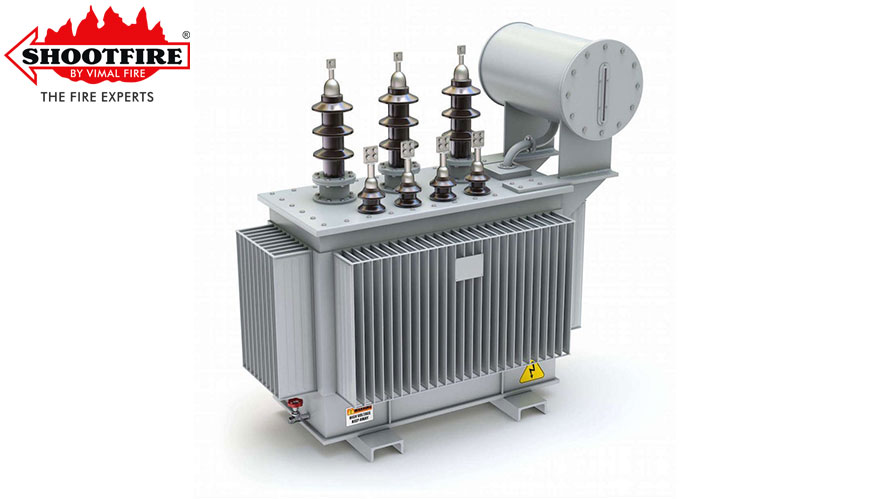I can create a simple labeled diagram showing how a transformer connects to switchgear — would you like it to be:
A basic single-line diagram (showing power flow from source → transformer → switchgear → load), or
A detailed labeled diagram (including circuit breakers, busbars, and protection devices)


 العربية
العربية



